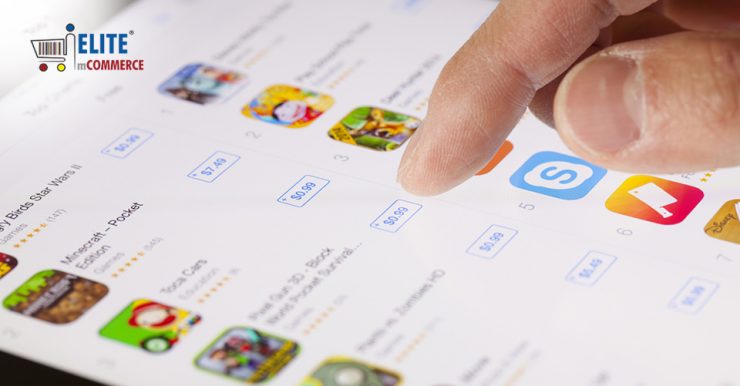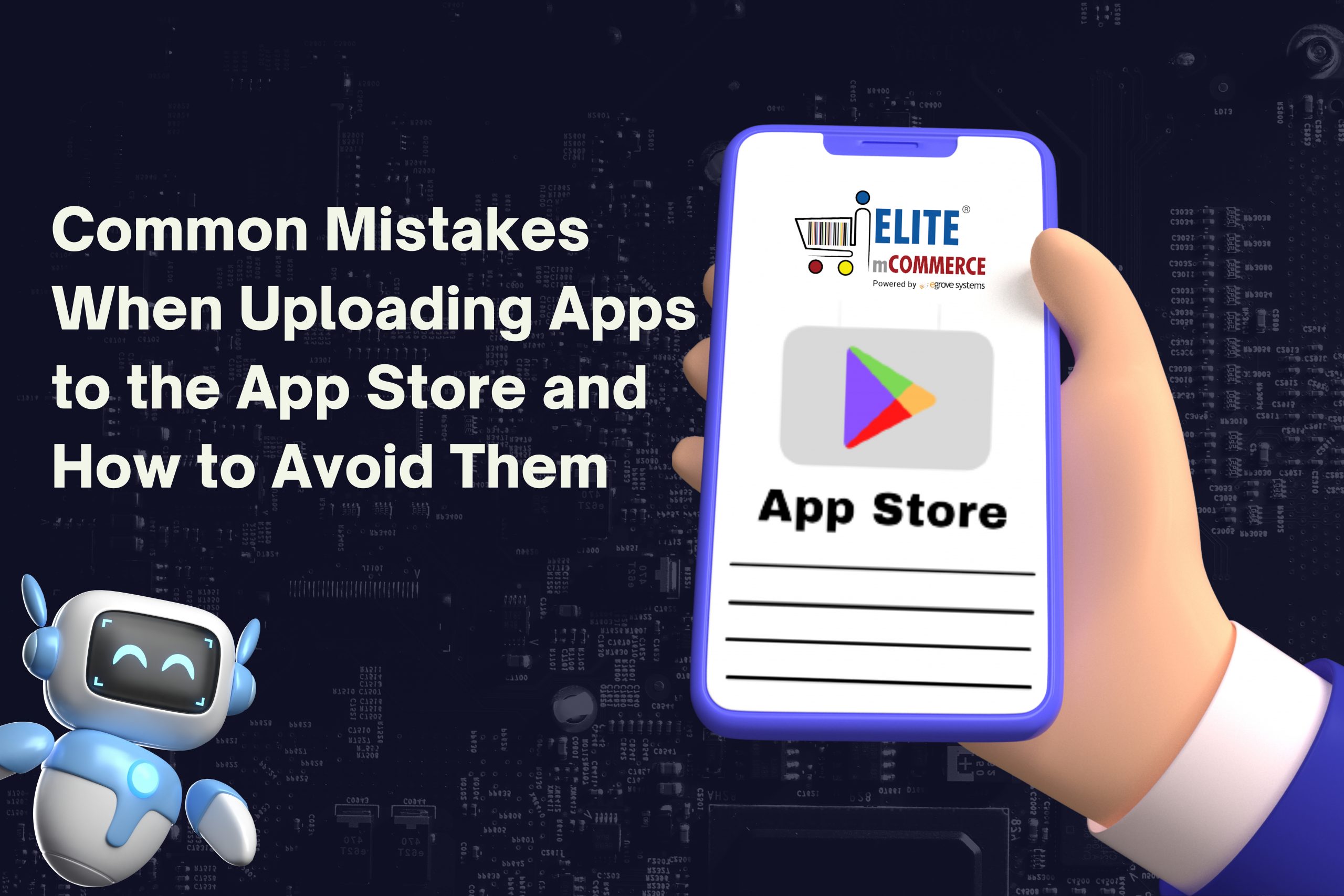Apple is always recognized for its strictness in almost everything. The App Store is not an exemption. Submitting mobile application to the App Store is far further problematic than turning it out on Google Play, the only application business that can equal the App Store in numbers, variety, and popularity. Presenting your first iOS application is even more difficult. You must have your application certified by Apple. But no matter how definitive Apple is, it provides incentives for developers to develop for iOS and attempts to explain what your app shouldn’t be and look alike. If you are the software owner, your development company should function deployment for you. But anyway, it’s just necessary to be served. This means, your iOS product must be planned.
Testing and Publishing Process
Testing is a significant stage of software development and for a great reason. What saves time – Apple has a steady lineup of hardware and iOS versions. There is no Android multitude here. Your mobile application gets inquired twice – during the QA process, and at Apple. Apps can be denied due to crashes, questionable content, slowdowns, memory leaks, and numerous other factors.
There is a least iOS version that your app runs on; it is set beforehand and is presented on the App Store. That is why future updates have to epistolize to the OS versions of your users, the one you declared on the app’s page. If you provide a contradiction, users with the oldest iOS versions won’t be able to work the updated app; they can download the modernized version via iTunes, and it will substitute the former one – and so there will be a failure that shouldn’t ever be. But the good thing is, Apple is compatible with iOS updates, and users tend to directly install them.
Design
What’s an icon for your application? Not everything, of course, but about close. The icon artwork must be presented in several precisely defined sizes. The icon is the very first impression a user gets, along with the app name. The name must be different, and it may differ from the one that is shown on the home screen of devices, below the icons. It’s often beneficial when these two names are the same. But, for example, if you offer a new calculator, it must have a different name that’s presented on its page on the App Store, but for users, it would be accurate if entitled simply ‘Calculator,’ as it is, on the home screen.
Platform and Screen Compatibility Ranges
What’s the main showcase of your mobile application on its App Store page? Correct, screenshots. Your app can possess up 1 to 5 screenshots on the page. Certainly, if your app is universal, supports both the iPad and iPhone/iPod touch, make sure to develop several screenshots for those. The elongated 4” screen of the iPhone 5 also makes the diversity, in contrast with its 3.5” counterpart. But hey, there’s one more helpful thing you should know. Screenshots must have fixed sizes – those of the devices, that’s a rule. But the images don’t have to be original app screenshots. You may use this rule in a productive way if it’s reasonable for your software product.
Read also: Mobile Application Submission Guidelines In Google Play
Content Rating
What more should your app have to be ready for submission? That’s metadata. This means the name as mentioned above, app category, version number, keywords, a short description, and a support link. Apps with sign-ups require a demo account for the Apple team, so they wouldn’t have to sign up from scratch.
After that, you will set the cost for the app. And of course, if, for example, you target the market of a wonderful country solely, you may set the similar availability. Both can be changed effortlessly. Then there is rating. It is set by acknowledging questions about the app content, to determine age restrictions for potential users. As with almost everything, the rating is thoroughly reviewed by Apple.
There is no set significance of time for Apple to review a new application. Normally it can take about two weeks for a brand new one, and about a week for an update. But the exact duration may vary. It’s up to you to set the period when your application must be launched on the App Store after it’s supported. This is required when you need to launch it on an unusual date. Once your app is expanded, unfurl the flags of promotion and lead your software product to users, revenues, high grades and positive reviews on the App Store.









Add comment